Spanish Paprika vs Hungarian Paprika: A Spicy Showdown
If you've ever stood in the spice aisle, torn between Spanish paprika and Hungarian paprika, you're not alone. Both spices come from the same humble pepper — Capsicum annuum — but they couldn't be more different when it comes to flavor, heat, and culinary application.
In this post, we’ll break down everything you need to know about Spanish paprika vs Hungarian paprika, so you can confidently choose which one belongs in your next dish.
Table of Contents
- What Is Paprika?
- Spanish Paprika Overview
- Hungarian Paprika Overview
- Head-to-Head: Spanish vs Hungarian Paprika
- How to Use Each Type in Cooking
- Buying Guide: Choosing the Right Paprika for You
- Conclusion
What Is Paprika?
Paprika is a ground spice made from dried peppers. It's known for its vibrant red color and versatile flavor profile, ranging from sweet and mild to hot and smoky, depending on the variety and region of origin.
The key difference between types of paprika lies in the type of pepper used, how it’s dried, and whether or not it includes seeds or inner membranes (which add heat).
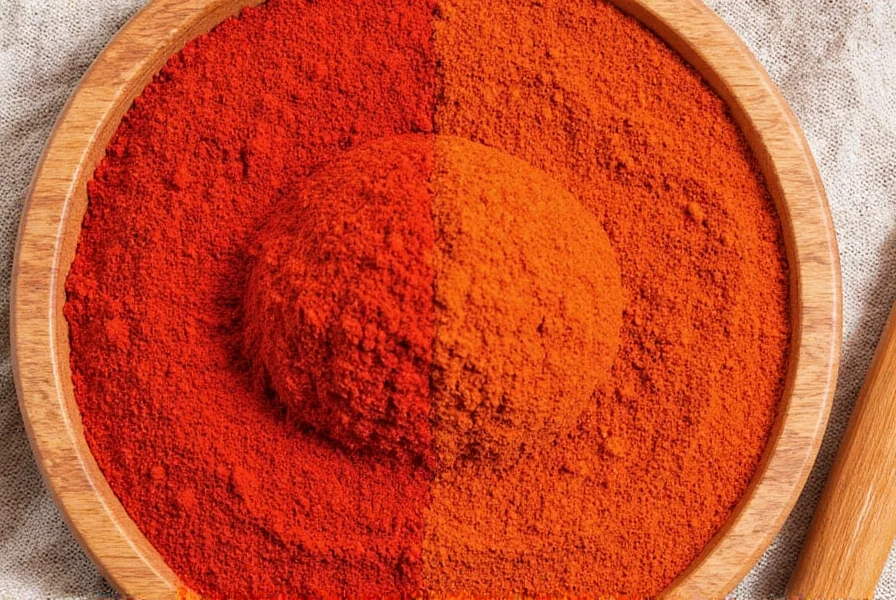
Spanish Paprika Overview
Also known as *pimentón*, Spanish paprika comes from La Vera, a small region in Extremadura, Spain. What sets it apart is its traditional drying process — the peppers are slowly smoked over oak wood fires, giving it that signature smoky depth.
There are three main types:
- Dulce – Sweet and mild, perfect for adding subtle warmth without heat.
- Agridulce – Slightly bitter-sweet with a medium heat level.
- Picante – Hot and spicy, with added pepper seeds for extra fire.
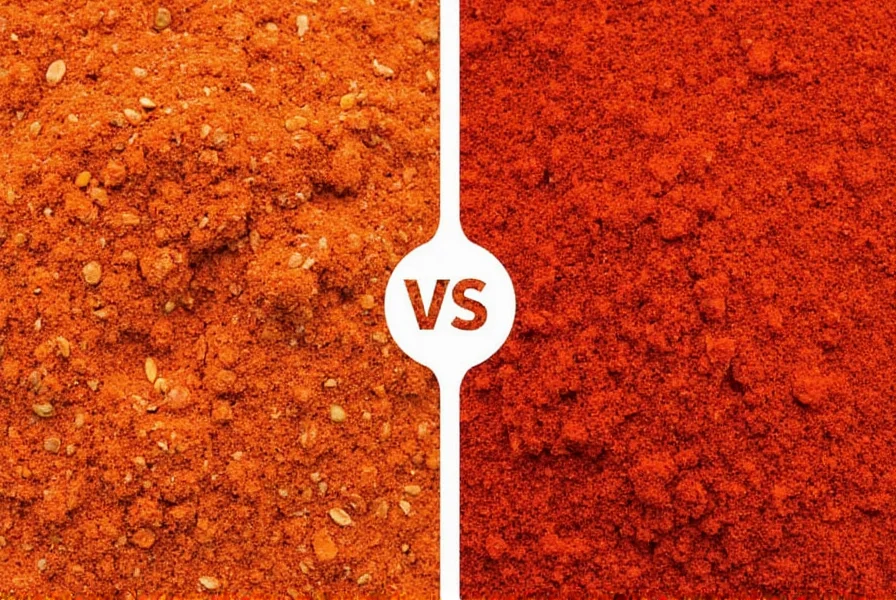
Hungarian Paprika Overview
Hungarian paprika is considered by many chefs to be the gold standard of paprika. Grown in the southern regions of Hungary, especially around Szeged and Kalocsa, it uses a sun-drying method that preserves the pepper’s natural sweetness and vibrancy.
It’s categorized into eight grades based on heat, color intensity, and aroma:
- Rózsa (mild and light-colored)
- Édes (sweet and commonly used in goulash)
- Különleges (delicate, rich flavor, premium grade)
- Csemege (medium-hot, often used in stews)
- Csemege Extra
- Edescsípős
- Pikáns
- Erős (very hot, used sparingly)
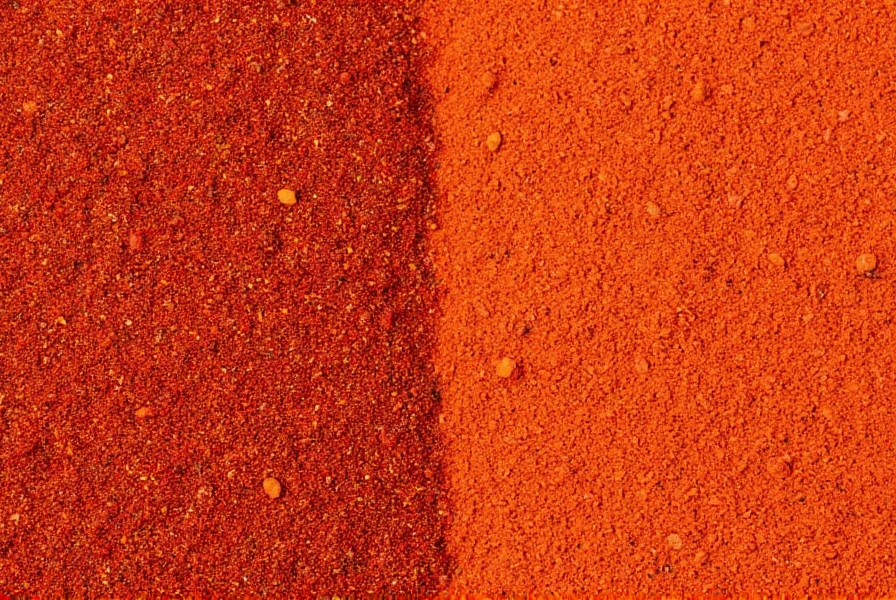
Head-to-Head: Spanish vs Hungarian Paprika
| Feature | Spanish Paprika | Hungarian Paprika |
|---|---|---|
| Origin | Spain (especially La Vera) | Hungary (Szeged/Kalocsa) |
| Drying Method | Smoked over oak wood | Sun-dried |
| Flavor Profile | Smoky, earthy, complex | Sweet, fruity, vibrant |
| Heat Level | Mild to hot (depending on grade) | Mild to very hot (8 grades available) |
| Best For | Grilling, paella, smoked dishes | Goulash, paprikash, braises |
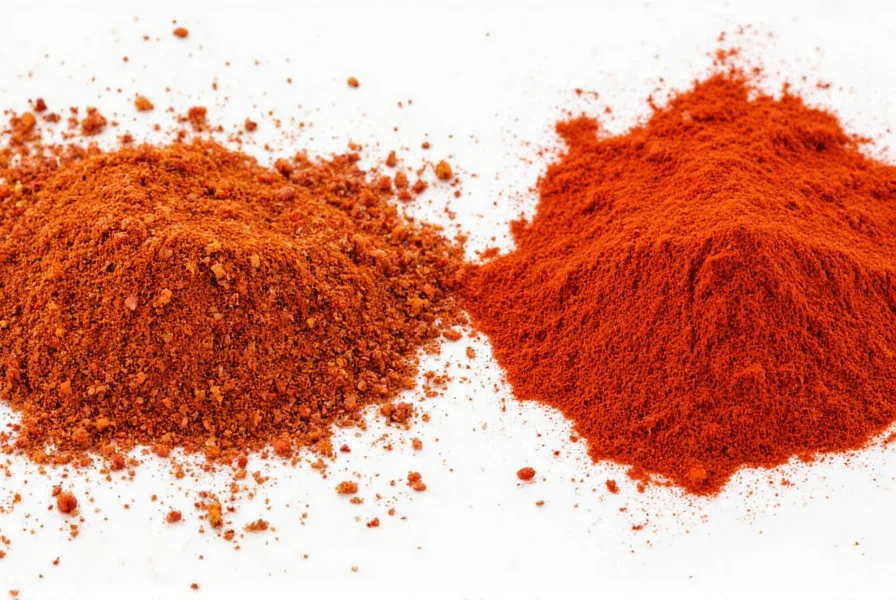
How to Use Each Type in Cooking
Choosing the right paprika depends largely on what you’re cooking. Here’s a quick guide to help you decide:
Spanish Paprika Uses
- Pimientos de Padrón: Lightly dusted with dulce paprika before pan-frying.
- Paella: Adds deep, smoky notes that complement saffron and seafood.
- Chorizo: Essential ingredient in authentic Spanish chorizo seasoning.
- BBQ Rubs: Smoky flavor enhances grilled meats and vegetables.
Hungarian Paprika Uses
- Gulyás (Goulash): The soul of traditional Hungarian stew; use Édes or Különleges.
- Paprikash: Chicken paprikash relies on rich, fruity paprika for flavor.
- Soups & Stews: Enhances creamy sauces and vegetable-based broths.
- Eggs: Sprinkle over scrambled eggs or shakshuka for a pop of color and taste.
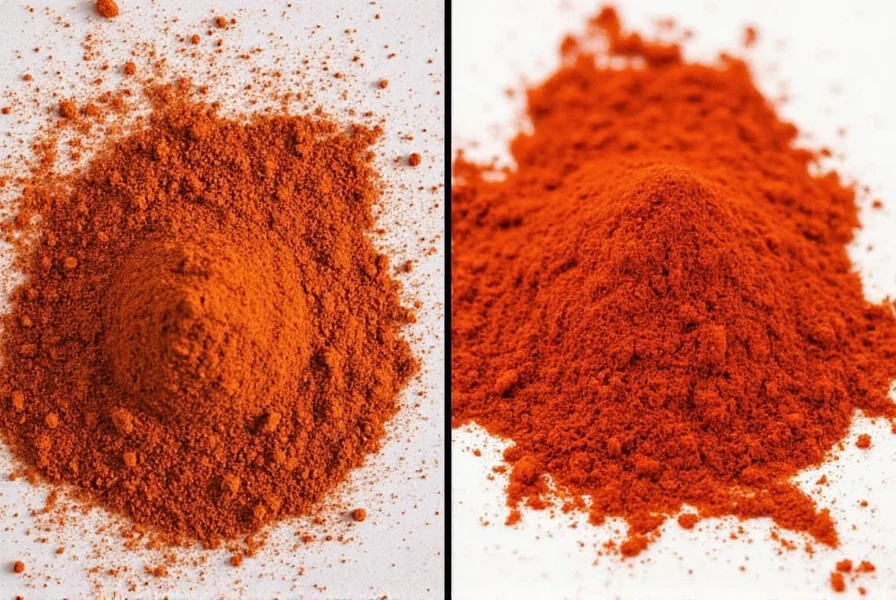
Buying Guide: Choosing the Right Paprika for You
With so many options on the market, choosing the right paprika can be overwhelming. Here’s a breakdown of top brands and what to look for:
Top Spanish Paprika Picks
- Pimentón de la Vera Dulce
- Features: Mild, sweet, smoky
- Advantages: Authentic DOP certification, slow-smoked for richer flavor
- Use Cases: Paella, deviled eggs, soups
- Target Audience: Home cooks and professional chefs alike
- Occasions: Everyday cooking, special occasions
- La Dalia Pimentón de la Vera Picante
- Features: Smoky with a noticeable kick
- Advantages: Affordable, high quality
- Use Cases: Grilled meats, chorizo, chili rubs
- Target Audience: Spice lovers, BBQ enthusiasts
- Occasions: Weekend grilling, holiday roasts
Top Hungarian Paprika Picks
- Édesnemes Hungarian Paprika
- Features: Rich, sweet, aromatic
- Advantages: Comes in convenient packaging with resealable bag
- Use Cases: Goulash, chicken paprikash, egg dishes
- Target Audience: Comfort food lovers, Eastern European cuisine fans
- Occasions: Family dinners, cultural celebrations
- Kalustyans Hungarian Noble Sweet Paprika
- Features: Vibrant red, balanced sweetness
- Advantages: Widely available online and in specialty stores
- Use Cases: Sauces, marinades, rice dishes
- Target Audience: Urban cooks, spice collectors
- Occasions: Weeknight meals, dinner parties
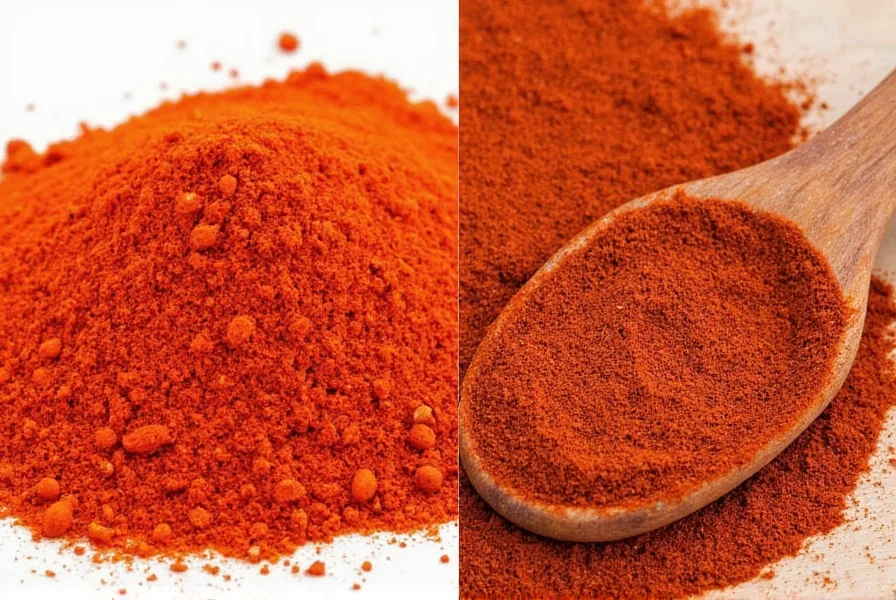
Conclusion
So, what's the final verdict? When it comes to Spanish paprika vs Hungarian paprika, there's no clear winner — just different strokes for different folks (and recipes).
If you crave smoky richness and want to bring some Iberian flair to your dishes, reach for Spanish paprika. But if you're after pure sweetness, bright color, and a touch of fruity pepperiness, Hungarian paprika is your go-to.
The best advice? Keep both in your spice rack and let your palate decide. Happy cooking!
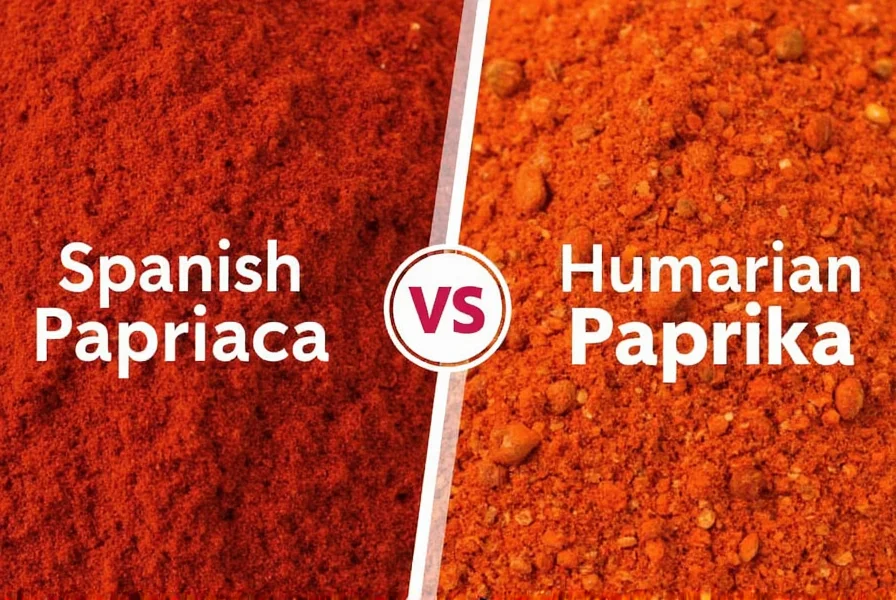

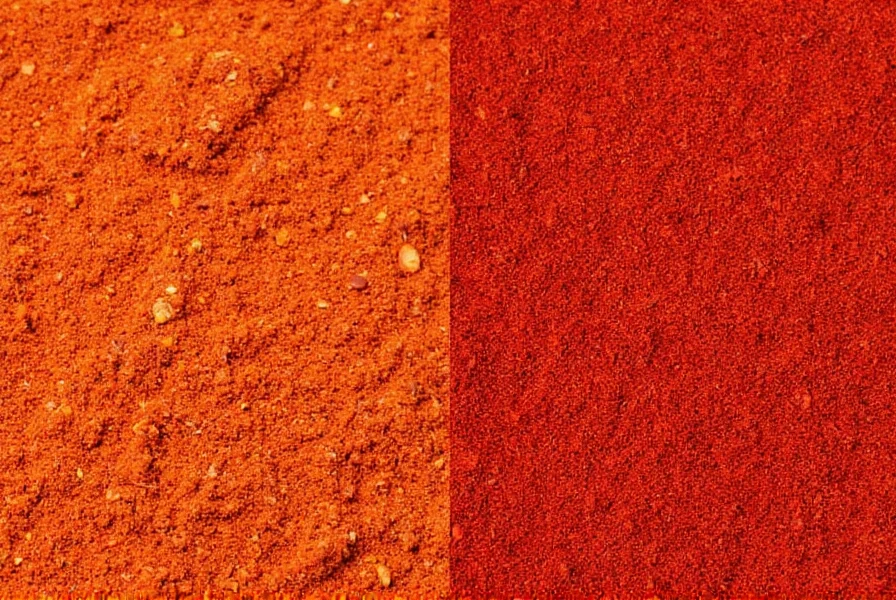









 浙公网安备
33010002000092号
浙公网安备
33010002000092号 浙B2-20120091-4
浙B2-20120091-4